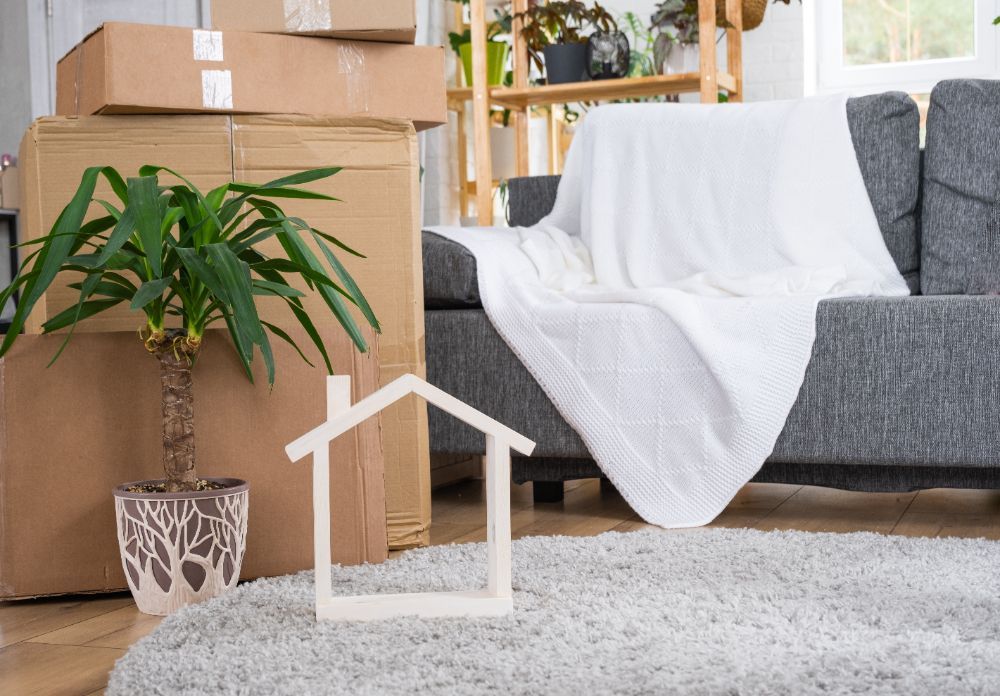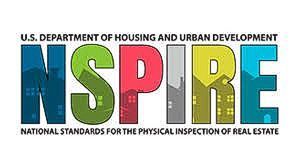Navigating NSPIRE Inspection Guidelines
Navigating NSPIRE Inspection Guidelines: A Complete Guide for Property Owners and Managers

Ensuring that federally-assisted housing is safe, clean, and livable is crucial, and NSPIRE inspections play a key role in this process. Conducted by the U.S. Department of Housing and Urban Development (HUD), NSPIRE inspections are designed to confirm that properties adhere to stringent health and safety standards. As a property owner or manager, being well-versed in NSPIRE inspection guidelines is essential for staying compliant and avoiding any potential penalties. In this blog, we’ll explore the essential aspects of NSPIRE inspection guidelines, what you should anticipate during an inspection, and how best to prepare.
What is an NSPIRE Inspection?
NSPIRE inspections assess the physical condition of properties receiving federal assistance, with the goal of ensuring that residents live in environments that meet HUD’s standards for safety, decency, and sanitation. Inspectors evaluate multiple facets of the property, from exterior areas to individual living spaces, and assign a score based on the overall condition.
Core Components of NSPIRE Inspections
Standards for Physical Condition
- Properties are assessed against HUD's standards, covering five major areas:
- Site: This involves the examination of the property’s grounds, including parking lots, sidewalks, and playgrounds. Issues like cracked pavement, overgrown plants, or potholes can negatively impact the score.
- Building Exterior: The inspection looks at the condition of the building's exterior, such as walls, roofs, windows, and doors.
- Building Systems: Major systems like HVAC, plumbing, electrical, and elevators are evaluated to ensure they are functioning correctly and free from hazards.
- Dwelling Units: Inspectors check individual units for problems like water damage, broken fixtures, mold, and pests.
- Common Areas: Shared spaces such as hallways and laundry rooms are inspected for cleanliness, accessibility, and overall safety.
Scoring Methodology
- Properties receive a score between 0 and 100. The score is determined by the severity, extent, and location of any identified issues. Scores below 60 may require corrective actions and lead to more frequent inspections.
Health and Safety Issues
- NSPIRE inspectors classify deficiencies into three levels:
- Level 1: Minor issues that don’t pose an immediate threat but should be addressed to prevent future problems.
- Level 2: More serious issues that could worsen if left unattended.
- Level 3: Critical issues that present immediate health or safety risks, such as exposed wires, gas leaks, or blocked fire exits. These must be resolved immediately.
How to Prepare for an NSPIRE Inspection
- Routine Maintenance
- Regular maintenance is essential for passing NSPIRE inspections. Schedule routine checks of your property to catch and address potential issues early.
- Focus on Safety
- Prioritize fixing health and safety hazards. Ensure all smoke detectors, fire extinguishers, and emergency exits are fully functional.
- Staff Training
- Equip your maintenance and management teams with knowledge about NSPIRE guidelines. Training staff to recognize issues during daily operations can help in early detection and resolution.
- Mock Inspections
- Conduct mock inspections using the NSPIRE scoring criteria to assess your property’s readiness. This allows you to make necessary repairs or improvements before the official inspection.
- Resident Communication
- Inform residents about the upcoming inspection and encourage them to report any problems in their units. Addressing these concerns promptly can ensure that all issues are resolved before the inspection.
- Maintain Documentation
- Keep detailed records of all maintenance activities, repairs, and resident complaints. This documentation can be valuable in demonstrating your ongoing efforts to maintain the property.
What to Expect During an NSPIRE Inspection
On inspection day, an NSPIRE inspector will tour the property, noting any deficiencies. The inspection usually begins with the exterior and progresses to the interiors, including common areas and individual units. The inspector will document findings and calculate the property’s score.
After the inspection, you will receive a report that outlines the deficiencies and provides your property’s score. If your property scores below 60, you’ll need to submit a corrective action plan to HUD detailing how you intend to address the identified issues.
Understanding and complying with NSPIRE inspection guidelines is critical for property owners and managers involved in federally-assisted housing programs. By staying proactive with maintenance, prioritizing safety, and thoroughly preparing for inspections, you can ensure your property meets the required standards and provides a safe, comfortable living environment for your residents.
If you need help preparing for an NSPIRE inspection or have questions about the guidelines, reach out to us at REAC NSPIRE Consulting. We’re here to assist you in navigating the process and achieving the best possible results for your property.








